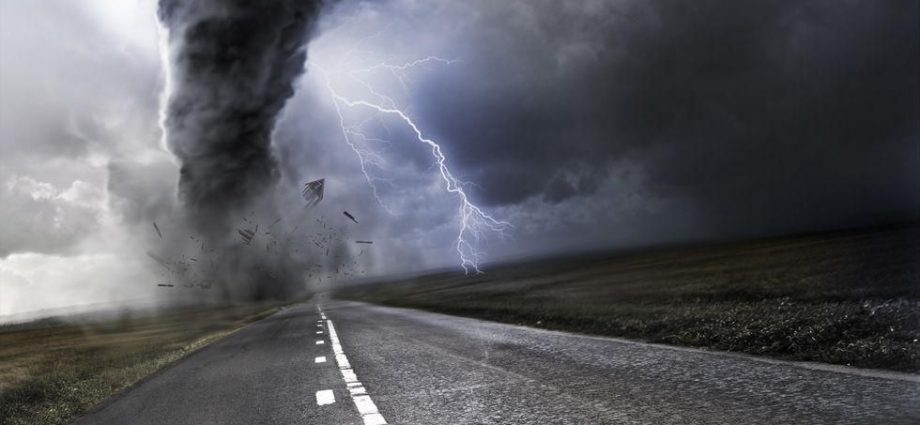WEDNESDAY, Dec. 15, 2021 (HealthDay News) — The deadly tornadoes that devastated communities in multiple states this past weekend have destroyed many homes and left others without power.
But if people turn to generators to manage in the aftermath, they should use caution, the U.S. Consumer Products Safety Commission (CPSC) warns.
Portable generators can expose users to increased risk of carbon monoxide (CO) poisoning and fire, the CPSC said.
Those using generators should always use them outside, at least 20 feet away from the house. Direct the generator’s exhaust away from the home or any other buildings someone could enter.
Never use a generator inside a home, garage, basement, crawlspace shed or on a porch.
It is not enough to open doors or windows. That will not provide the ventilation needed to prevent the buildup of lethal levels of CO, the CPSC said.
Check that your portable generator has had proper maintenance. Read and follow the labels, instructions and warnings on the generator and in the owner’s manual.
Carbon monoxide from a portable generator is poisonous and can kill in minutes. It’s invisible, with no color or odor. It can affect someone quickly, leaving a person unconscious before they recognize the symptoms of nausea, dizziness or weakness.
More than 700 people died from CO poisoning associated with generators from 2010 to 2020, including 50 in 2020.
The CPSC suggests you look for and ask retailers for a portable generator equipped with a safety feature to shut off automatically when high CO concentrations are present around the generator.
Some models with CO shut-off also have reduced emissions. Consumers should also look for those models. It is possible they will be advertised as certified to the latest safety standards for portable generators, which are PGMA G300-2018 and UL 2201.
Help avoid CO poisoning by installing battery-operated CO alarms or CO alarms with battery backup outside each sleeping area at home and on each floor of the home. Be sure the alarms are working properly by pressing the test button and replacing batteries, if needed.
Never ignore a carbon monoxide alarm when it sounds. Get outside immediately. Then call 911, the CPSC said.
Also, install smoke alarms on every level of the house and inside each bedroom. As with CO detectors, never ignore a ringing smoke alarm — get outside immediately and call 911.
The CPSC also advised caution when using charcoal and candles. Never use charcoal indoors. Burning charcoal in an enclosed space can produce lethal levels of carbon monoxide.
Do not cook on a charcoal grill in a garage, even with the door open.
Use flashlights instead of candles, when possible.
If using candles, do not burn them on or near anything that can catch fire. Never leave burning candles unattended. Extinguish them before sleeping and whenever you’re leaving a room.
More information
The U.S. Centers for Disease Control and Prevention has more on carbon monoxide.
SOURCE: U.S. Consumer Product Safety Commission, news release, Dec. 14, 2021
Copyright © 2025 HealthDay. All rights reserved.

